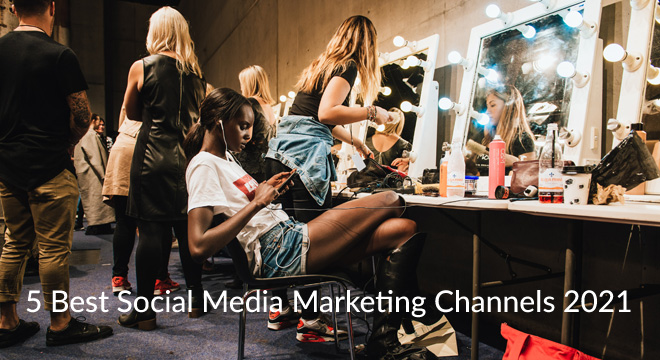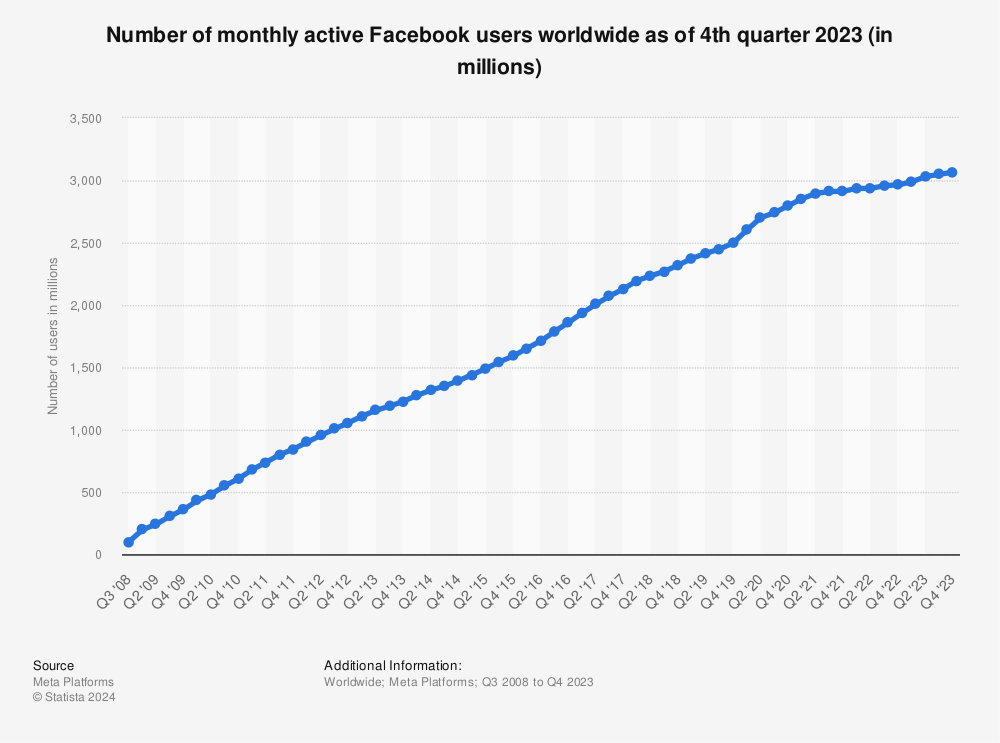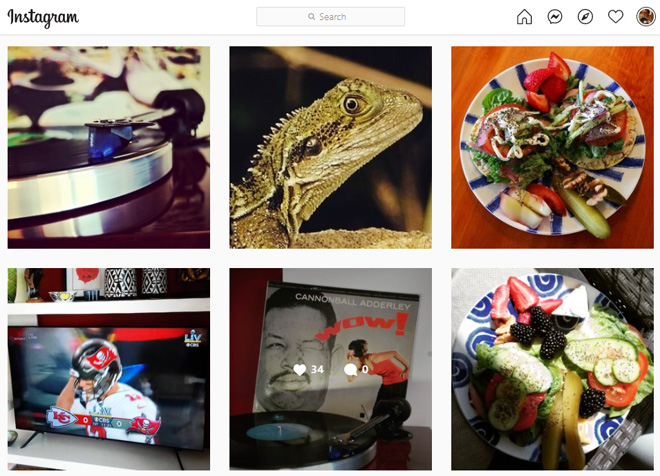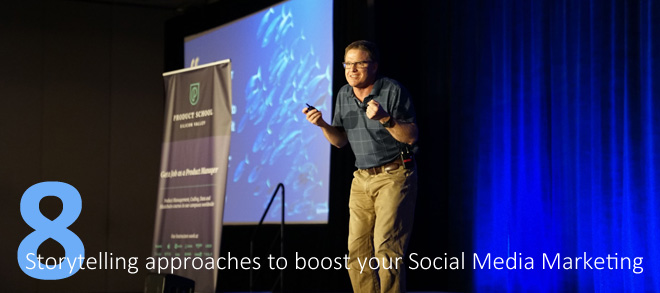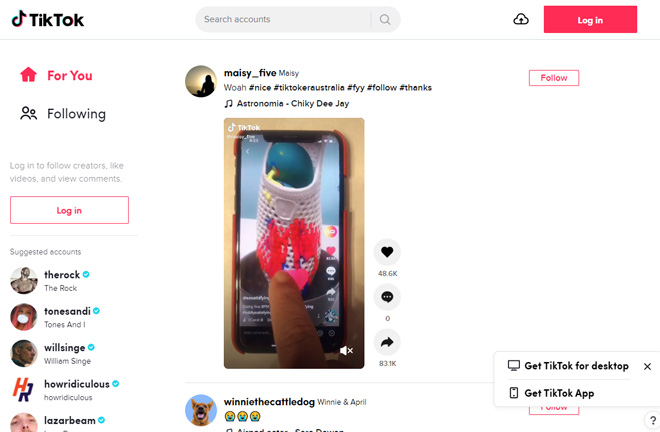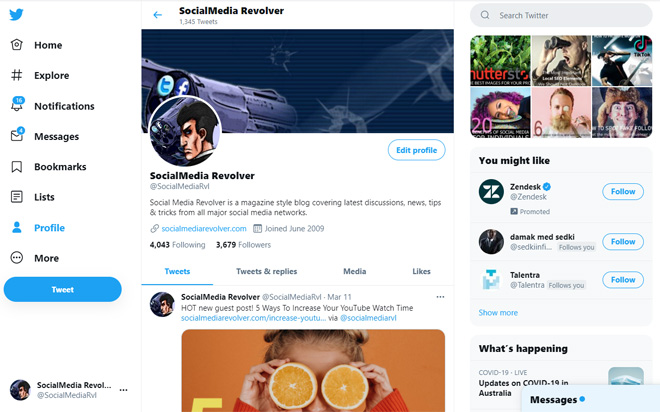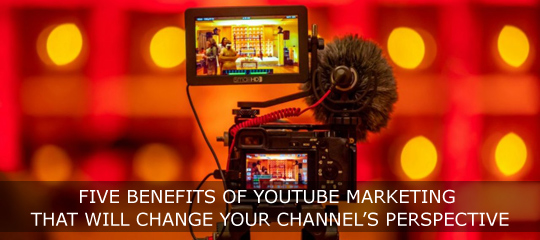In 2021, marketing is the internet. If you don’t maintain a presence on at least one social media platform, you’re not making an impact. However, each platform comes with its own tools, its own strategy, and its own unique audience.
Whether you’re focusing on one at a time or using multiple platforms in tandem, targeted ads, business profiles, and organic, genuine consumer interactions make these ideal choices for your social media approach.
Here are 5 of the most relevant and important social media platforms for today’s marketing professional.
1. Facebook
Mark Zuckerburg’s ubiquitous blue and white beast is the reigning king of social media websites. As of 2020, Facebook reported 2.74 billion monthly active users.
Find more statistics at Statista
That’s billion, with a B, over a quarter of the world’s estimated population. Without breaking out the more involved statistics, we can already see why Facebook is a necessary part of every marketer’s online arsenal.
Facebook is best suited for delivering information-heavy ad content; the platform is informative by nature, and textual ads are known to perform better on Facebook than on its sister service, Instagram.
As the social network most likely to be accessed from a PC, Facebook is also ideal for ad campaigns focused on generating website clicks, whether they are promoted newsfeed posts or marketplace ads located on Facebook’s right-hand column.
Lastly, businesses large and small will benefit from a proper Facebook page that lists helpful information such as location, hours of operation, and links to external company websites. A Facebook page costs nothing, and is among the first results in a web search of a business or brand. The marketing team at GoPromo recommend a well maintained Facebook page coupled with routine promoted posts and marketplace ads.
2. Instagram
If Facebook is a marketer’s bread and butter, Instagram is dessert. This light, mobile-based, image-centric social media app should be familiar to anyone with a smartphone. Originally introduced as a picture sharing app, Instagram has grown into a bona-fide social media platform where users and businesses can maintain public profiles and send and receive direct messages.
Its acquisition by Facebook has resulted in slick integration between the two platforms, and that extends to paid advertisement campaigns which can be run on both Facebook and Instagram simultaneously.
While Facebook can claim a greater demographic range of users and a larger overall number of them, Instagram’s audience is, on average, younger, and Instagram’s roots as a picture sharing network survive in its visually focused design. Ads can take the form of regular posts as well as story updates.
[See related post: 8 Storytelling Approaches to Boost Your Social Media Marketing]
Businesses seeking to capitalize on new trends and attract the under 30 demographic should consider purchasing promoted posts on Instagram, where user engagement is typically greater than on Facebook; brands centered around fashion, food, entertainment, and the arts should prioritize Instagram and make sure to publish images or videos that are immediately eye-catching and invite user commentary.
Generally, any image or video content pertaining to your brand should be published to Instagram, regardless of where else it is published.
3. TikTok
For a relative newcomer to the social media sphere, TikTok has garnered an impressive userbase. Originally made available in China under its original name Douyin in 2016, the video sharing app made its broad international debut in 2018, and while its user volume might not stand up to that of more established domestic networks like Facebook and Instagram, it has already infected popular culture and captured a loyal audience.
TikTok is known for user engagement, with users encouraged to recycle and bounce content off of one another, generating long lasting content trends. As a result, TikTok’s advertiser options lean toward hands-on engagement. Advertisers can not only disguise ads as normal TikTok videos, but they can also design branded video overlays and conduct TikTok challenges which reference their brand and have potential for viral growth.
TikTok’s users skew even younger than Instagram’s. Also important to note is its international reach; India leads in TikTok users, followed by the US and Brazil. Brands seeking an international audience, or trying to build a following in specific countries outside the US, should perhaps look to TikTok.
In fact, where Instagram and Facebook provide sophisticated demographic targeting, TikTok only provides simple geographic targeting. This makes the platform well suited for broad, youth-targeted campaigns.
4. Twitter
The ultimate short-form, text-based social media platform, Twitter’s simple, adaptable, intuitive interface accommodates 500 million tweets every day. The amount of information passed back and forth via Twitter makes it a goldmine of market insights and consumer trends, and its tweet-and-retweet structure is practically built for explosive viral marketing and invites brand-user engagement.
While Twitter offers the usual array of advertising options, it’s not noticeably more effective at audience penetration than Facebook, its most similar competitor. Twitter’s strength lies in its immediacy and its personalities. Public figures such as celebrities and politicians make Twitter their social media home, and users increasingly look to Twitter for breaking news.
Brands with an interest in topicality should consider Twitter, where a quick response to current events or statements from parallel businesses and competing brands will likely spur user engagement in the form of retweets and comments. Employing a rapid fire strategy and scheduled automatic tweet promotion is the best way to make use of Twitter for brand growth.
5. YouTube
While TikTok may be breaking new ground in the shared realm of social media and video, there’s no question that Youtube remains the biggest player in online video hosting and video advertisements. While not built expressly as a social network, Youtube’s ubiquity on all hardware platforms, integration with Google Ads, and monetization possibilities make it a worthy tool for the online marketer.
YouTube is the obvious choice for medium length and longer video content, with a selection of different video ad slots depending on the length and content of ads. With Google Ads, search history data is used to direct advertiser content to appropriate users, resulting in greater reach.
[Recommended reading: Five Benefits Of YouTube Marketing That Will Change Your Channel’s Perspective]
[Images – Main Photo by Flaunter .com from StockSnap, CC0; [Storyteller Photo by Product School on Unsplash; Camera Photo by Kushagra Kevat on Unsplash ; other images from their respective websites and/or social platforms.]
Richard Larson is the marketing manager for GoPromotional, for over 12 years, the UK’s leading Award Winning distributor of promotional merchandise. They specialise in helping small to big businesses promote and improve their brand online and offline by creating innovative and highly competitive promotional products.
